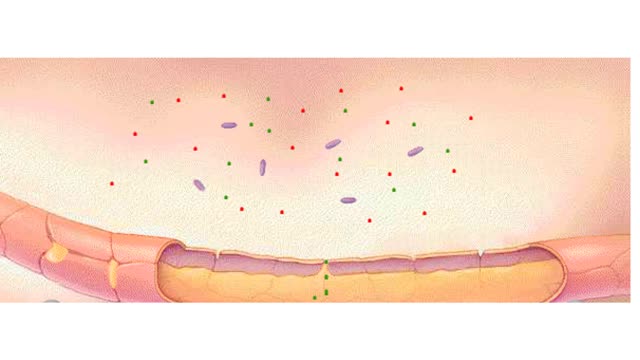Role of complement proteins
By: HWC
Date Uploaded: 11/22/2019
Tags: homeworkclinic.com Homework Clinic HWC Role of complement proteins pathogens macrophages phagocytize pathogens antigens T and B lymphocytes Phagocytosis Cytolysis antibodies
• Non-specific and specific defense mechanisms work through the functions of complement proteins. • As soon as pathogens penetrate the physical barrier of the skin, other resistance mechanisms begin. • Cells, such as macrophages, phagocytize pathogens. • These cells increase exposure of antigens (unique substance of the pathogens) to immune cells (T and B lymphocytes). • Exposure to antigens helps activate immune cells and leads to the production of antibodies. • Antibodies and antigens bind to form antigen-antibody complexes. • Complexes bind with complement proteins triggering a cascade of new complement proteins. • Complement proteins enhance: • Phagocytosis. • Cytolysis. • Inflammation. • Antigens are made more available to immune cells, which produce even more antibodies. • Antibodies bind to antigens forming even more complement proteins. • The activation of more and more complement proteins eventually produces a fully activated immune response.
Add To
You must login to add videos to your playlists.
Advertisement












Comments
0 Comments total
Sign In to post comments.
No comments have been posted for this video yet.